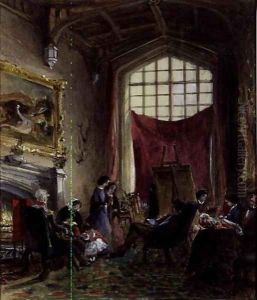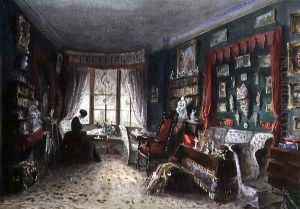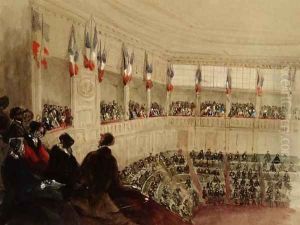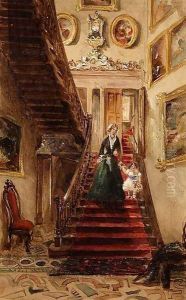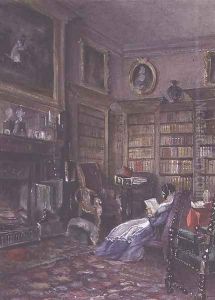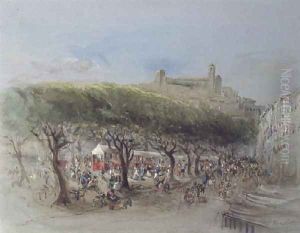Lady Honoria Cadogan Paintings
Lady Honoria Louisa Cadogan, born in 1846, was not widely recognized in the mainstream art historical canon, but her contributions, particularly in the realm of botanical illustration, present a noteworthy intersection of art and botany during the Victorian era. Her life, embedded within the British aristocracy, provided her a unique vantage point from which to explore her artistic endeavors. Lady Cadogan was part of the prominent Cadogan family, a lineage that held significant estates and titles in Britain, which afforded her the education and leisure to pursue artistic interests, a common practice among women of her social standing during the time.
Despite the limited recognition during her lifetime and subsequently, Lady Honoria Cadogan's work in botanical illustration stands out for its meticulous detail and artistic quality. Botanical illustration was a field that allowed women to contribute to both scientific knowledge and the arts, serving as an acceptable pursuit that aligned with Victorian ideals of femininity and education. During the 19th century, this genre of art was crucial for the study and classification of plants, with illustrations serving as vital references for botanists and horticulturists. Lady Cadogan's illustrations, characterized by their precision and beauty, contributed to this tradition, capturing the intricacies of plant life and helping to disseminate botanical understanding.
Her works, though not as widely known as those of some of her contemporaries, reflect the confluence of art, science, and society in the Victorian era. Through her illustrations, Lady Honoria Cadogan contributed to the broader cultural and scientific discourses of her time, demonstrating the role of women artists in advancing knowledge and appreciation of the natural world. Despite the constraints imposed by her social position and the gender norms of her era, her artistic legacy offers insight into the contributions of aristocratic women to the scientific and artistic knowledge of the period.
Lady Honoria Cadogan's death in 1911 marked the end of a life that, while perhaps not celebrated in mainstream art history, represents a fascinating story of the intersection between art, science, and the social fabric of Victorian Britain. Her body of work remains a testament to the quiet but impactful contributions of women in the fields of botanical illustration and the sciences, underlining the importance of recognizing diverse voices in the histories of art and science.
